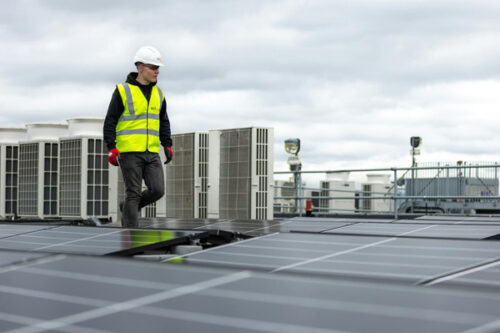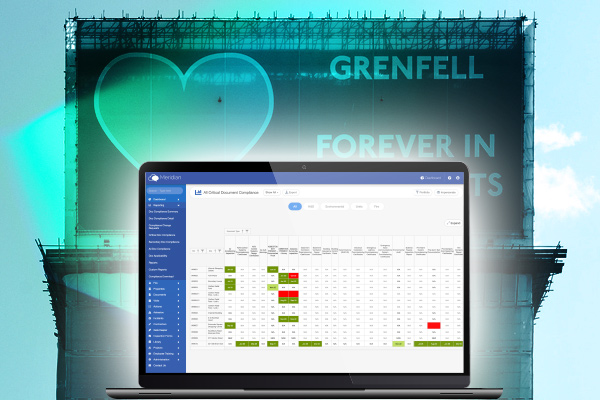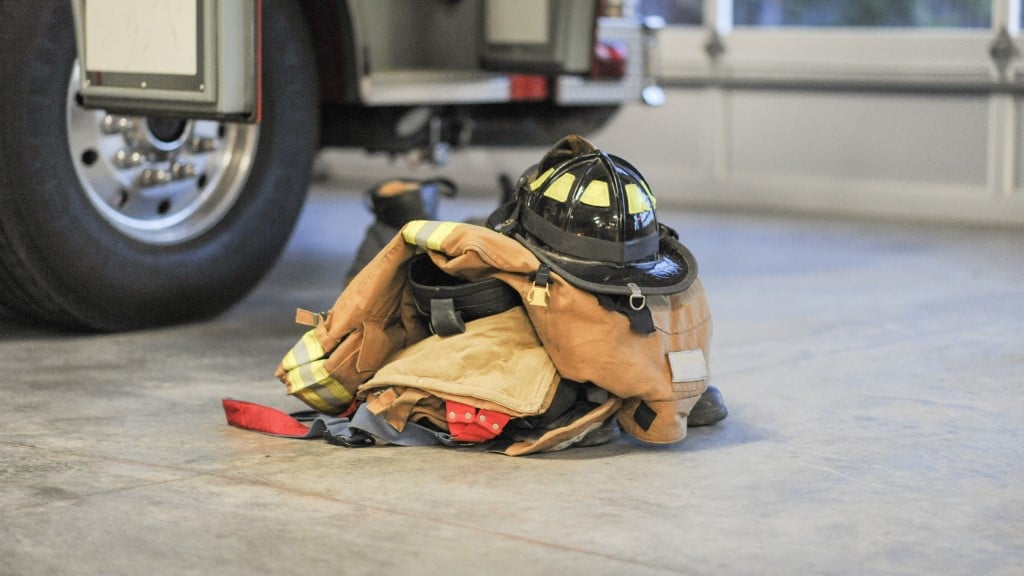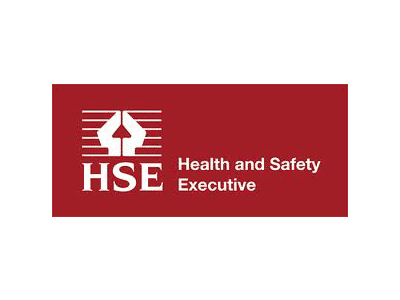November 15, 2024
In an era where climate change looms large and ESG considerations are vital, the push for sustainable living has never been more crucial. Yet, as we strive to create eco-friendly spaces, we must not lose sight of another critical aspect of modern construction: fire safety. The challenge lies in harmonising these two seemingly disparate goals – building green while ensuring our structures mitigate the fire safety risks.
So, where do fire safety and environmentalism converge? And what do businesses need to consider when approaching fire safety and sustainability?
1. Living Sustainably
Sustainability and fire safety are crucial considerations in building design and management. Both concepts aim to protect life and property, but they approach these goals from different angles. Sustainability focuses on minimising environmental impact and conserving resources, while fire safety is dedicated to preventing and managing fire-related risks. Integrating these can present challenges, but the synergy achieved by doing so can arguably result in safer, greener buildings.
2. The Technical Challenge
Sustainability in residential properties encompasses various practices, including the use of renewable energy sources like solar panels, energy-efficient appliances, and building materials with a low environmental impact. ‘Green’ buildings aim to reduce carbon footprints, lower utility costs, and promote healthier living environments.
However, each of these elements introduces new considerations for fire safety. Let’s consider some examples:
Timber Construction and Cladding
The evolution of building materials has seen a rise in the use of sustainable options such as recycled plastics and advanced composites. However, the use of timber has seen a resurgence due to its carbon capture properties and aesthetic appeal; specifically, wooden cladding has become a popular choice for building exteriors due to its natural beauty and versatility.
However, there has been some concerns regarding the safety of wooden cladding in the event of fire. Wooden cladding, like any combustible material, can pose a fire risk if not properly treated or installed. However, the fire risks associated with timber must be carefully managed. Advances in fire-resistant treatments for wood, including chemical retardants and hybrid materials, are making it possible to use these sustainable materials without compromising fire safety.
Lightweight Facade Materials
Lightweight façade materials (LFM) enhance energy efficiency by reducing heating and cooling needs, and also lower a building’s environmental impact by minimising resource requirements for construction and transportation. This, along with improved indoor environments, makes LFM an eco-friendly choice for sustainable construction.
However, LFM pose a fire hazard due to their low fire resistance and propensity to ignite quickly. This can lead to rapid and unpredictable fire spread, compromising the building’s structural integrity and endangering occupants and firefighters with toxic fumes.
To counter this risk, building standards and codes stipulate specific fire safety standards for LFM, including resistance to ignition and limited flame spread, as well as specifying their safe method of attachment.
New Insulation Products
New insulation products are available to promote sustainability in building construction. However, some sustainable insulation products can present a risk in terms of fire safety as some of these materials can easily ignite and spread fire quickly, releasing toxic gases and large amounts of heat. Again, building standards and codes stipulate specific fire safety standards and safe application.
3. Technological Integration
Similarly, the integration of smart technologies in building management systems can enhance both sustainability and fire safety. Automated systems that control lighting, heating, and cooling to optimise energy use can also be equipped with advanced fire detection and suppression systems. These smart systems can monitor environmental conditions and respond more quickly and effectively in the event of a fire, potentially reducing damage and enhancing resident safety.







